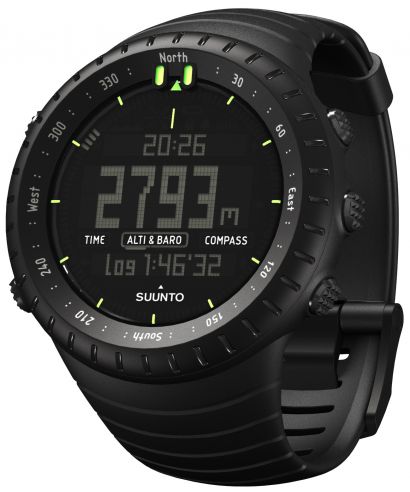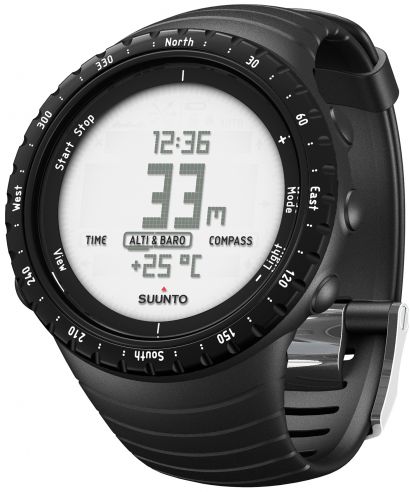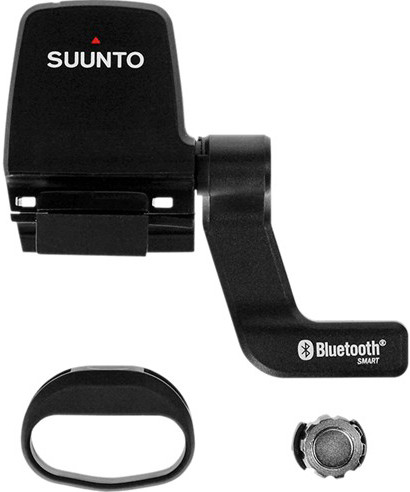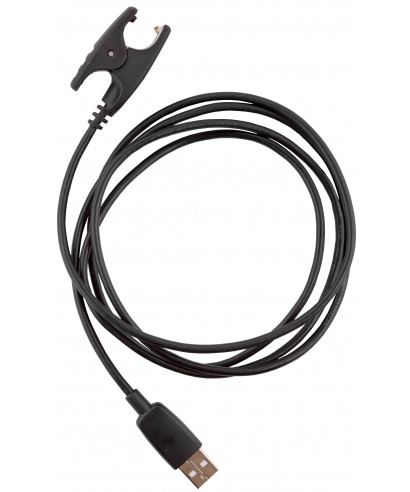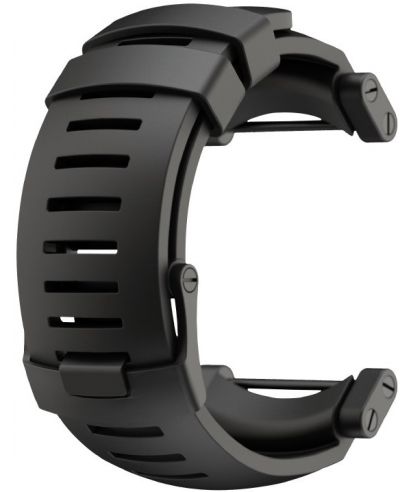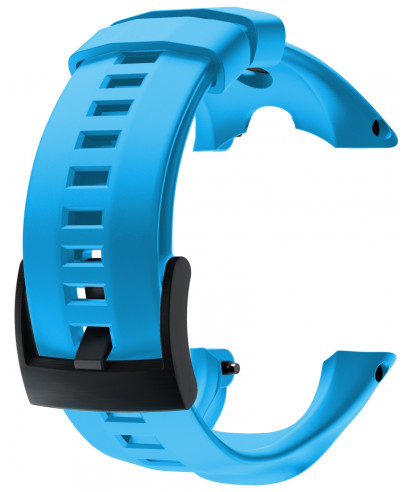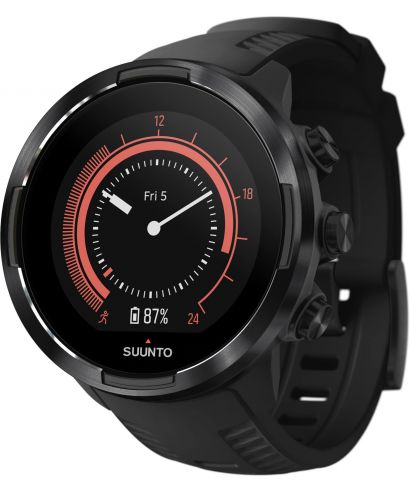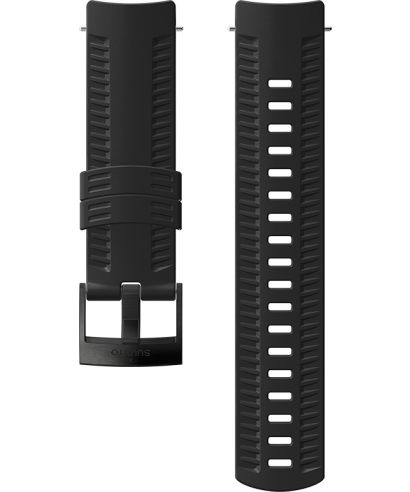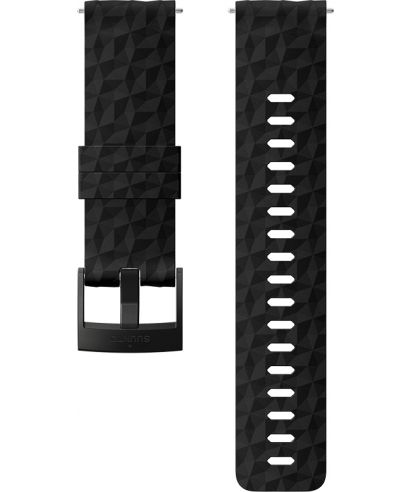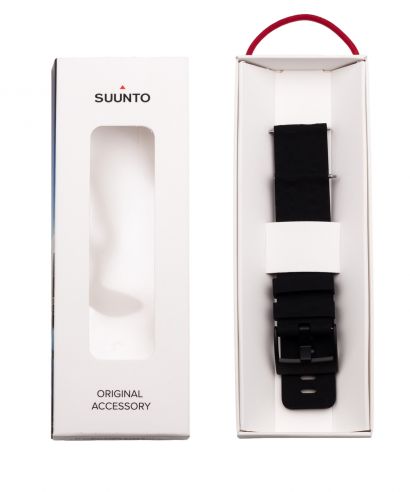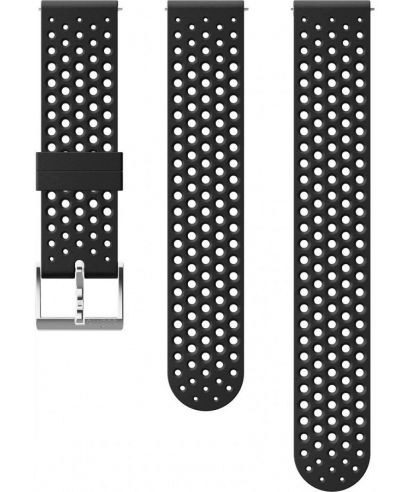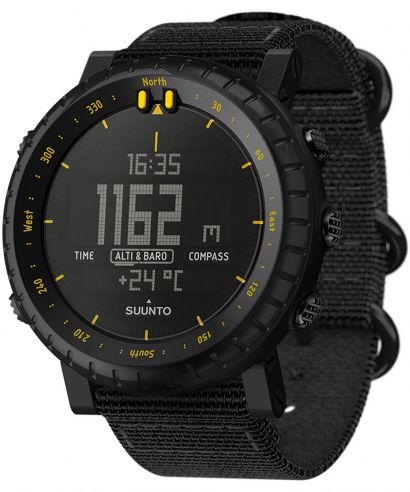
How do I use HRV in a Suunto watch?

Suunto
How do I use HRV in a Suunto watch?

In the world of athletes, where every detail of training can determine the advantage at the start line, technology is becoming an indispensable partner on the road to success. Sports watches, especially those from the renowned brand Suunto, offer not only precise measurements of time and distance, but also advanced health features that help you better understand your body's needs. One key feature, increasingly popular in the world of sport and healthy living, is the measurement of heart rate variability, known as HRV (Heart Rate Variability).
In this post, we will focus on how HRV can be used to optimise recovery using Suunto watches. You'll learn exactly what HRV is, how to interpret the data from your watch and how to practically use this information during your daily workouts to improve your performance and health.
Table of contents:
The importance of heart rate variability (HRV)
Heart rate variability (HRV) is a key indicator of the health of the autonomic nervous system, reflecting its ability to manage the body's responses to stress, rest and recovery. In practice, HRV is the difference in time between successive heartbeats. It is worth mentioning that with HRV we can gain valuable information about our overall health, and that its reading can be influenced by a variety of factors, i.e. heavy training, stress, as well as illness.
Suunto, as an innovation leader in sports technology, offers advanced watches to monitor this indicator. These include the Suunto Race and, in the future, the Suunto Vertical and Suunto 9 Peak Pro (as a software update) - all of which measure HRV during sleep, a reliable and easy way to collect data. The HRV measurement on Suunto watches can be easily monitored by appearing as a mini widget on the display.

How do I interpret HRV data from Suunto watches?
To effectively use the HRV function of a Suunto watch, it is useful to understand how to interpret the data collected. Suunto helps users set their own norms by monitoring HRV over a 60-day period and then analysing changes based on weekly averages. Higher HRV values are usually a sign of better recovery and less physiological stress, but each measurement should be interpreted in the context of individual conditions and fitness. For example, if HRV values are systematically low and not within a set range, this may signal overtraining, insufficient recovery or other health problems. On the other hand, unexpectedly high values may indicate cumulative stress or the need to increase recovery activities - if HRV levels are too high, the app present in Suunto watches will indicate in yellow or red that the amount of recovery is not within the norm. Thanks to this possibility, you will quickly notice undesirable reactions of your body and will be able or able to remedy it.
Using HRV in your daily training with a Suunto watch
Watchard.com knows how important it is to be able to use HRV consciously. That's why we present some practical tips on how to use this function effectively in your daily workouts with your Suunto watch, which are sure to help you master this skill to perfection!
- Monitoring during sleep: to get the most precise data possible, it is worth using the HRV monitoring function during sleep. Wearing the watch at night allows you to continuously collect HRV information without having to actively engage during the day. Make sure the sleep tracking function is turned on each night for complete and consistent data.
- Regular synchronisation: regularly synchronising your watch with the Suunto app is key to analysing HRV data and adjusting training plans. Synchronisation allows you to keep track of how your HRV changes in response to a variety of stimuli.
- Pattern analysis: when analysing HRV data, pay attention to how your body responds to different types and intensities of exercise. Comparing changes in HRV with training load will allow you to better understand which workouts are most beneficial to you, and identify those that may lead to overtraining.
- Customising workouts: HRV is a great tool for planning recovery days or lighter training sessions. If you notice that HRV values are lowered, suggesting greater fatigue, you can adjust the intensity and type of training accordingly to give your body adequate recovery time.
- A personalised approach: every person is different and HRV is an extremely personal indicator. HRV values can vary depending on many factors, including stress, sleep quality, diet, health and even mental wellbeing. It is therefore worth approaching HRV analysis with openness, also taking into account other aspects of your life and health that may influence the measurements. Remember, the key is to understand your own HRV values and your body's response to different types of activity, allowing you to maximise your training potential and stay physically and mentally fit.
Choose a watch with HRV from Suunto!
Suunto watches with HR V offer not only a tool to monitor your health, but also the opportunity to gain a deeper understanding of your body's needs. Regular HRV tracking can make a significant difference to your performance, recovery ability and overall fitness. It's worth using these technologies to train smart and take charge of your health at every stage of your sporting adventure.
